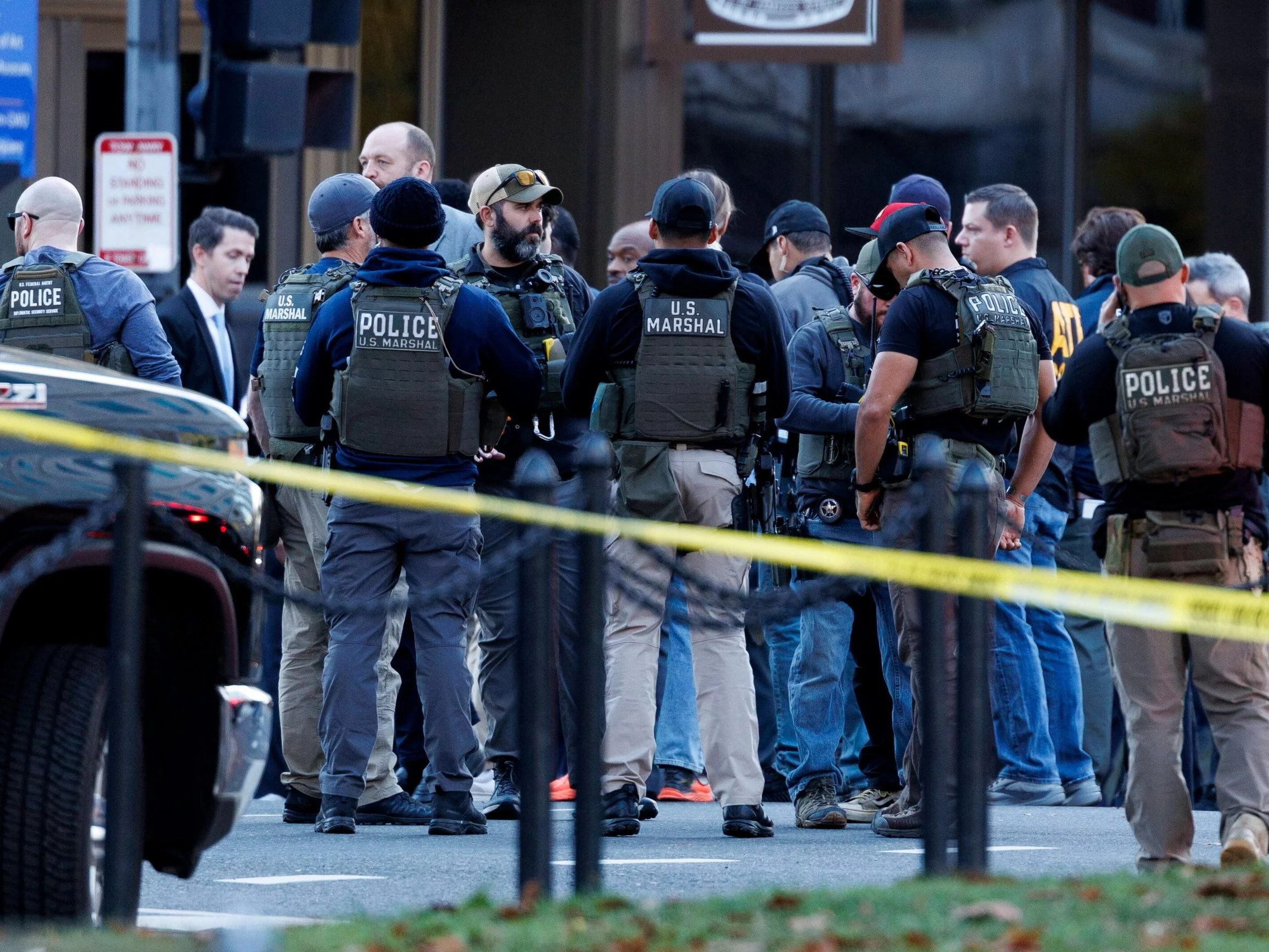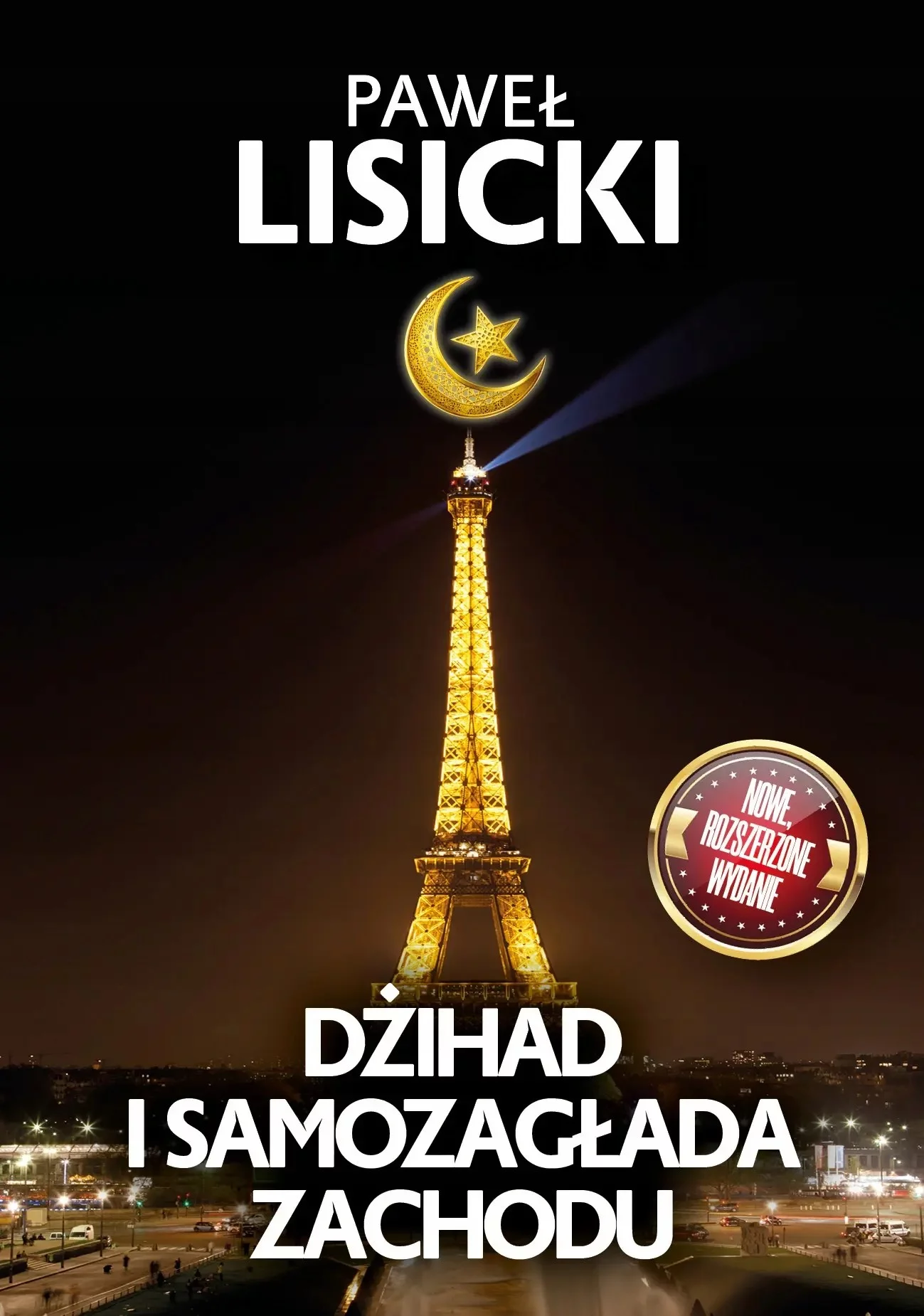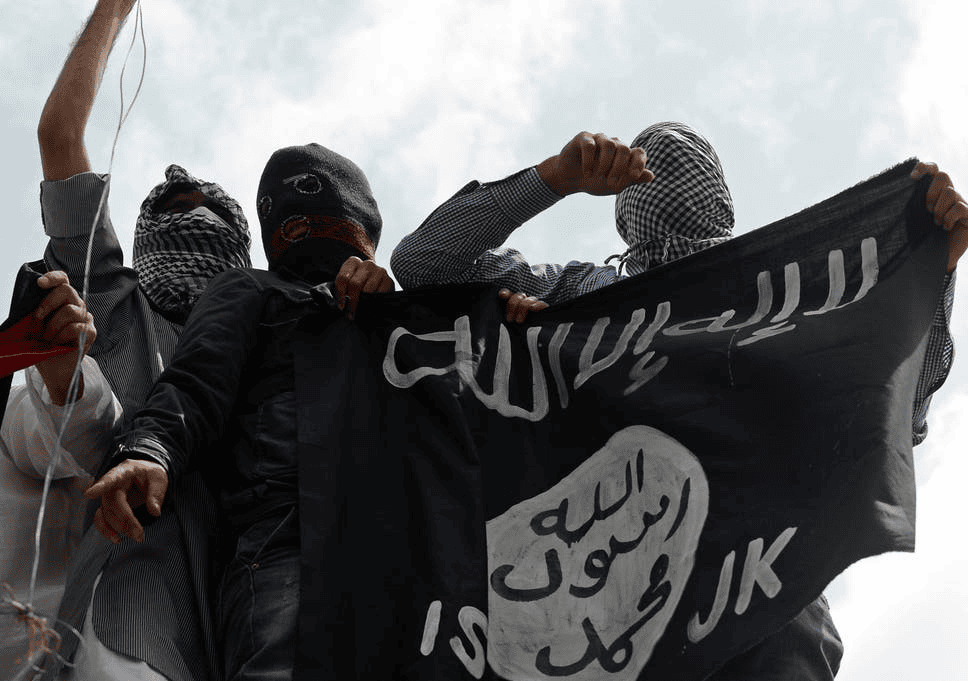A job? Evacuation and supplies of wounded after a terrorist attack utilizing field medicine. Soldiers from the 6th Mazovia Territorial Defence Brigade practiced under the guidance of American instructors. During training, the territorialists had to show that they could act effectively despite the pressures of time and stress.
In the 61st Battalion of the Light Infantry from the Prince for 5 days in May, WOT soldiers were trained From field medicine. The last day was an exercise. Mass Casualtyto test the ability to supply assistance in combat conditions. It was besides an chance to grind the cooperation of soldiers with police and fire brigade. According to the script, there was a terrorist attack, and the attackers took many hostages. Police and BOA troops entered the operation. erstwhile the terrorists were neutralized, the territoryers of 6 MBOT began carrying out tasks: evacuation of wounded and clearing the area, which aimed to guarantee safety on it and the anticipation of further usage by their own forces. First they had to give first aid to the victims and transport them to military medical facility level I, and then to surrounding hospitals.
The more stress, the better.
All of these WOT soldiers were to execute under time pressure. The chaos in the script was crucial. Thus, events characteristic of mass events and hard to control were arranged. An example? Soldiers had to face a situation where there were more injured than a stretcher. – Working in chaos conditions erstwhile many things happen at the same time, and tasks request to be done in a hurry, allows to observe things that we do not pay attention to under average conditions. In this way, we can see that, for example, fastened stretchers are hard to put in the ambulance or that any equipment is unloaded – explains Dr. Dr. Szawomir Chomik, commander of the 61st Light Infantry Battalion. Experience gained in this way shall be taken into account later in the planning or correction of procedures.
The organisers have ensured that the training takes place in the conditions as closely as possible to those prevailing during the actual terrorist attack. And so the territorials – among the “gunfires” – entered the hall, in which there was almost full darkness, to then bring out respective wounded, including unconscious people. This function was played by students of 1 of the advanced schools. Very realistic mannequins weighing up to 90 kg were besides used. The territorials were aware that their decisions or their absence depended on the endurance of the victims.
After leaving the building, the most severely injured workers provided assistance to the injured, covering massive haemorrhages and treating the most serious life-threatening wounds. Participants were inactive in the firing zone. The injured were then transferred to a designated location to further measure the injuries and supply assistance according to MARCHE Protocols, which allows for systematic provision of assistance to victims in combat. At this point, the territorialists besides had to execute lifesaving activities. Hemorrhages were covered, further tourniquets and dressings were worn. It is highly crucial to master these skills. – The 3 main causes of death on the battlefield are: massive hemorrhages, obstructive airways and dynamic pneumonosis. In the case of these injuries, the time during which the aid will be granted is crucial – like Lt. Sławomir Hamik.
When the situation seemed to be contained, a second terrorist attack occurred. This time with the drone. Chaos is growing. There are screams and gunshots everywhere. The territorials are moving on to their next assignments. The situation is complicated by the fact that 1 of the commanders is injured.
The shots are yet silent. The soldiers proceed to evacuate. The wounded on the stretcher were transferred to a military medical facility of level I securing pre-hospital assistance. At this point, the victims underwent another selection. It's called a triage that indicates in which order patients are to receive more advanced medical assistance. Unfortunately, any people got worse. The facility allowed for drips or additional dressings.
What was the hardest thing for territorials?
Sher. Jarosław of the 61st Battalion of the Light Infantry of Prince admits that the exercises in which he participated for the first time were accompanied by adrenaline and large pressure. Physical fitness was besides important, due to the fact that the classes were taking place in a alternatively large area and the transfer of the wounded was a mess. In the injured zone, soldiers worked under stress. He emphasized that he was not a medical doctor, but that training made him feel more confident. “If necessary, if I were to witness a car accident for example, I will now be able to effectively give first aid to victims,” he says.
What was the hardest part of the training? St. General Stanislaw of 6 MBOT points to the request to assist many people and to measure their condition and selection. “We had to decide which of the victims needed immediate help, and who could wait because, for example, his leg was broken or he was conscious,” he explains.
For territorials, training was of another value. They had the chance to learn from American soldiers, any of whom gained experience in Afghanistan, among others.. The instructors were separated from the 1st Armored Division, 443rd civilian Affairs Battalion and U.S. SOF. Mjr Justin Ghan from the 1st Armored Division, whose change has been in Poland for many months, admitted that the most demanding part of the exercise was alleged chaos management. In his opinion, the territorialists did highly well during the action. The officer emphasizes the importance of joint exercises, thanks to which soldiers work together, cut their tongues, learn about culture and habits, due to the fact that it affects increasingly better allied cooperation.
Lt. Sławomir Chomik announces that the exercises will besides proceed on a larger scale with the cooperation of various services. “This interaction makes us know how to behave and who is in charge,” he says. The lieutenant adds that specified training is besides an chance to test fresh equipment. In this case they were tents of the fresh kind NS26 – lighter and invisible in night vision.

![Polak, Szwed, dwa bratanki? Orka to dopiero początek [OPINIA]](https://cdn.defence24.pl/2025/04/02/1200xpx/EvNJ0eWq7BKHL5cSqWXrPGmbBzDN9KFRXzm3aS2y.oc8k.jpg)


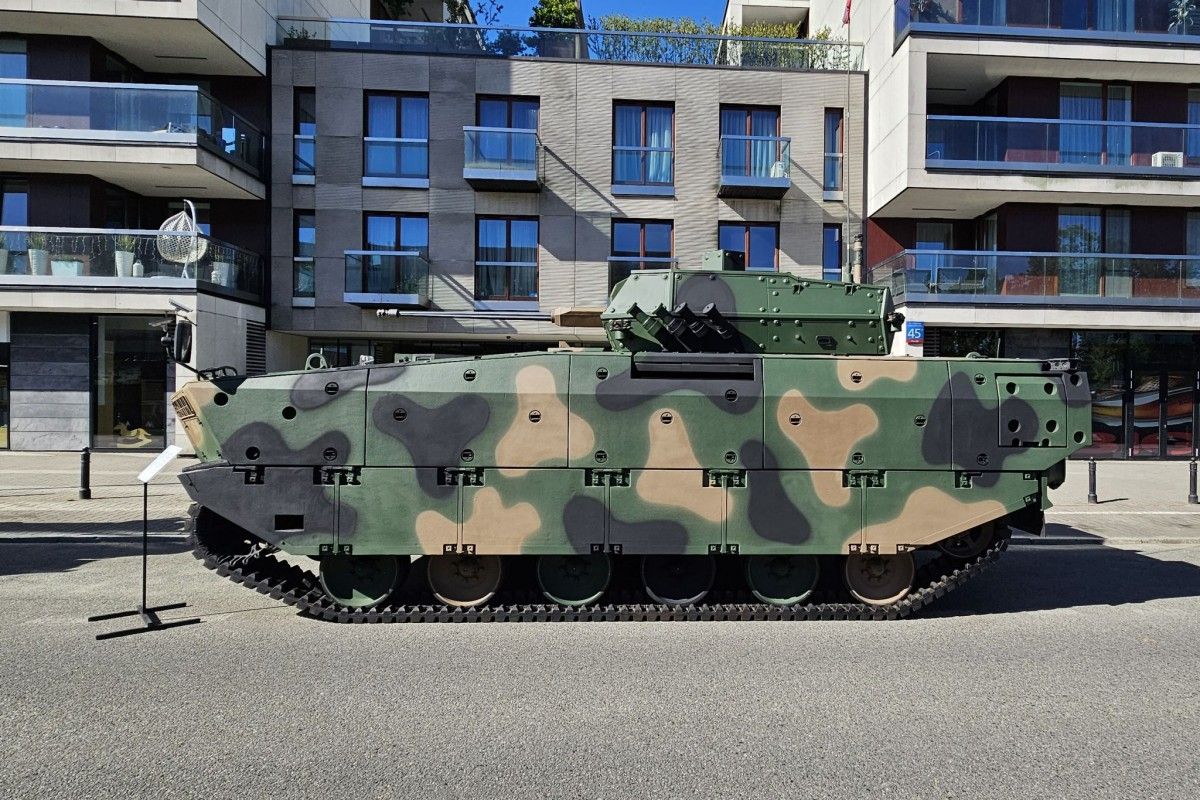
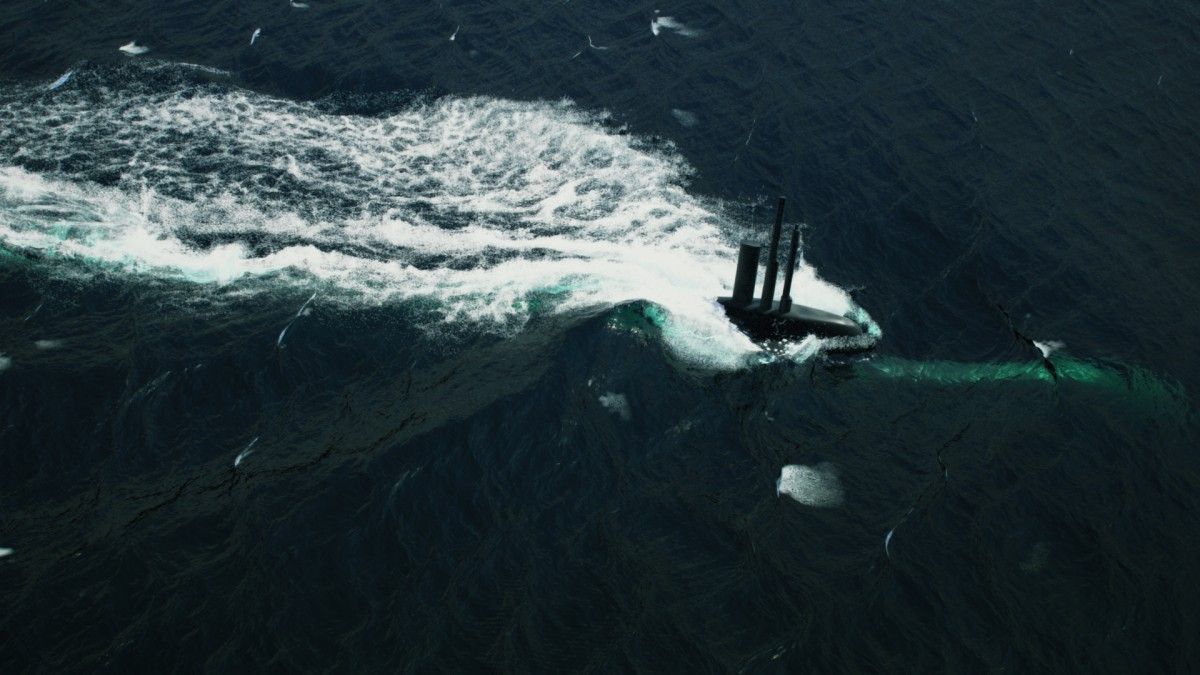
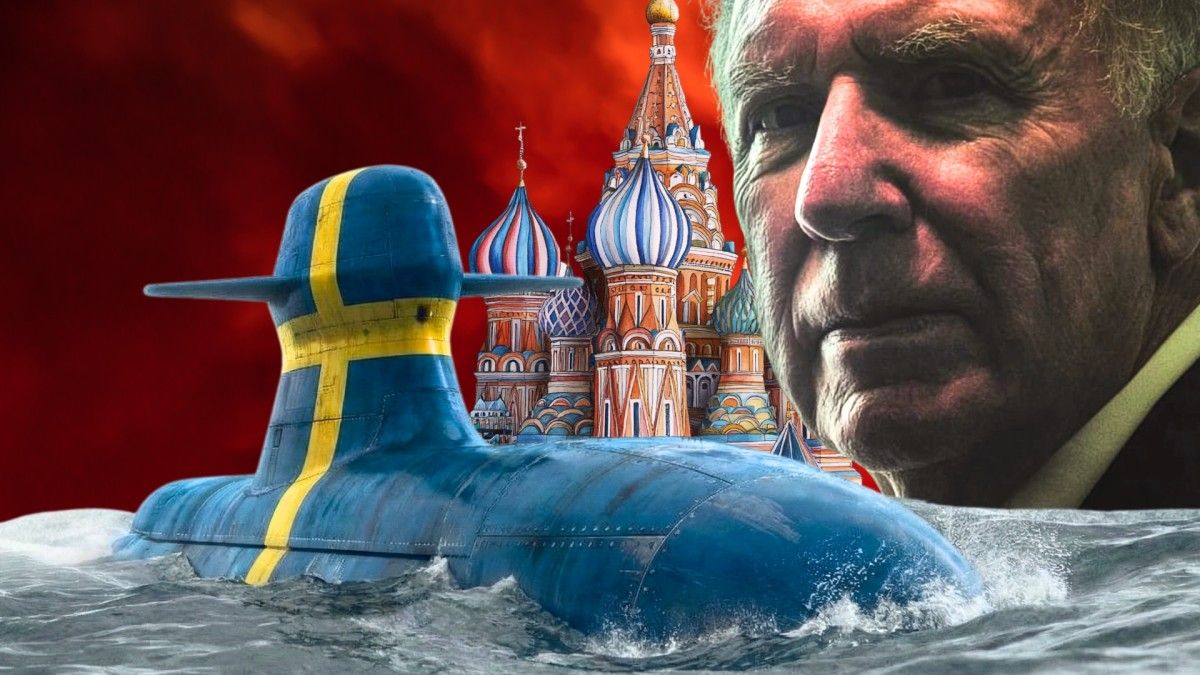
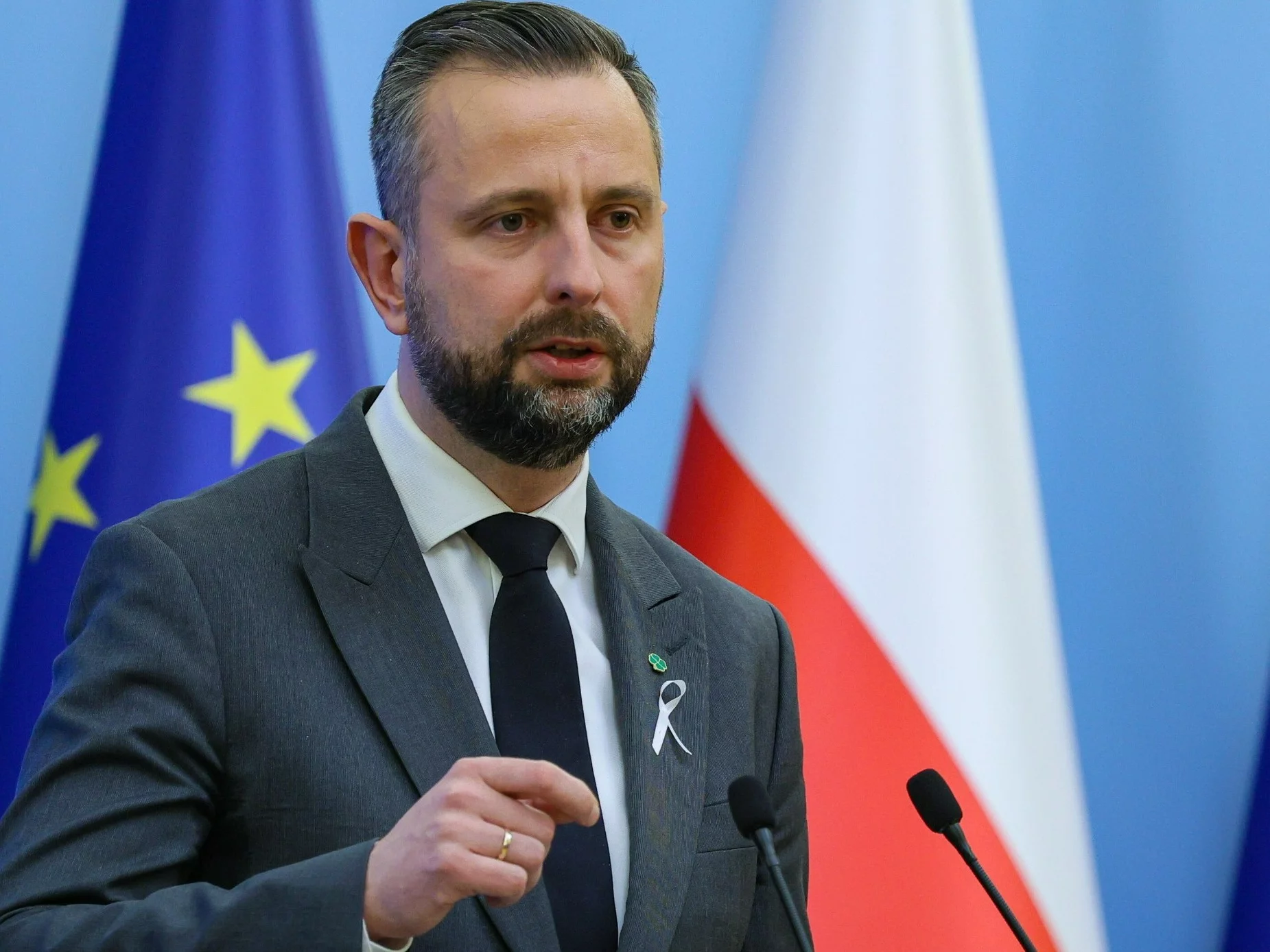
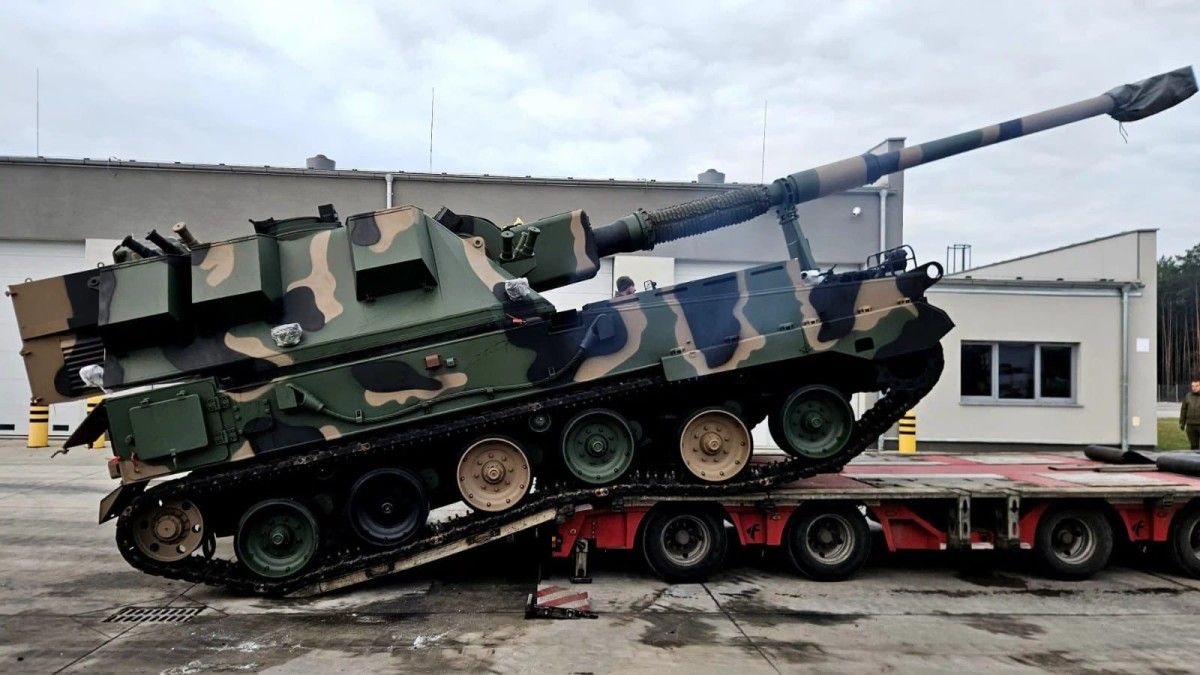
![Papież Leon XIV odwiedził Błękitny Meczet w Stambule [ZDJĘCIA]](https://cdn.wiadomosci.onet.pl/1/94sk9lBaHR0cHM6Ly9vY2RuLmV1L3B1bHNjbXMvTURBXy8zOGE2ZDA1YzcxMjAyN2EyZjE2Y2VmZWYzNGEzNmRiMC5qcGeSlQMAzNDNB9DNBGWTBc0JYM0GQN4AAqEwB6ExBA)
